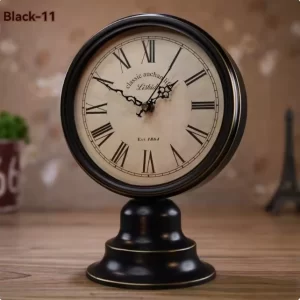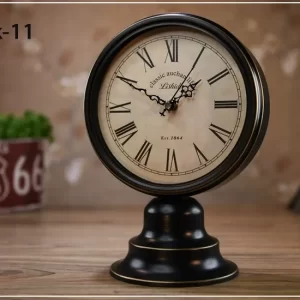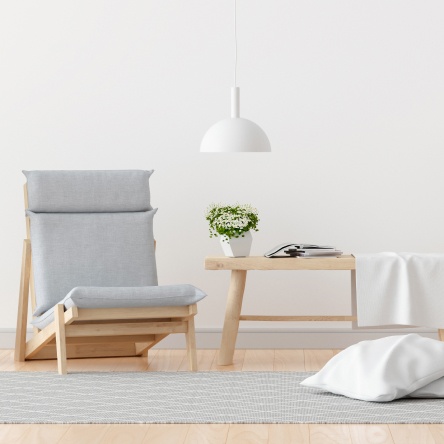Best places to sell your antique collection: how to sell your collection
We live in an ever-evolving world that constantly surprises us with new discoveries and timeless charms. Among these treasures, antique collectibles are often not only financially valuable, but also packed with emotional significance. Whether you’re looking to sell an heirloom, clear out the clutter, or make a profit, it’s crucial to understand where antique collectibles are sold. At MantelClock Studios, we value the beauty and history of these items and will introduce you to the best places to sell your antiques.
In this post, we’ll explore five reliable ways to sell your antique collectibles. From online platforms to traditional consignment stores and auction houses, these methods are trusted by British antique dealers.
1. Selling antiques online (eBay and beyond)
One of the most convenient and accessible ways to sell antique collectibles is through online platforms, with eBay leading the way. Selling online allows you to reach buyers outside of your local area, thus gaining more potential customers who value rare and unique items.
On platforms such as eBay, you can choose between auction-style listings or a flat-rate pricing model for selling antiques. The auction method often helps to increase prices, especially for highly sought-after collectibles, while flat rate pricing ensures a faster sale. Other specialized platforms, such as Etsy, Ruby Lane, or specialized antiques marketplaces, can also help you find buyers interested in specific categories, such as antique clocks, figurines, or paintings.
Pro Tip:
For best results, create detailed listings that include high-quality photos and provide accurate descriptions, including the age, condition and any historical significance of the item.
2. Selling antiques at a consignment store
For a more traditional approach, consider selling your antique collection at a consignment store. These family-run businesses are known for their friendly atmosphere and expertise in selling a variety of items, from everyday household items to high-value antiques. Consignment stores usually charge a small commission (10-15% of the sale price), making them an affordable and trustworthy option.
If your item is rare or high-value, such as an antique clock, intricate figurine, or work of art, you may want to check out an antique center. Antique centers often cater to a more niche audience and can help you get a better price for unique items.
3. Selling antiques directly to dealers
Selling directly to a trusted antique dealer is one of the quickest ways to sell your collection. Often specializing in specific categories, such as clocks, ceramics, or jewelry, antique dealers are always on the lookout for quality collectibles to add to their collections or resale inventory.
When is the best time to sell?
March is a particularly busy time for antique dealers, so consider contacting them in the second, third or fourth week as this is when they are actively looking for stock.
-
Elegant Black Mantel Clock for Living Room – Silent & Stylish
Original price was: $180.00.$170.00Current price is: $170.00.
Pro Tip:
Before contacting dealers, take high-quality photos of your items from multiple angles and highlight any unique details or features. This will make your pitch more appealing and professional.
4. Selling antiques through newspaper listings
If you want to take a more traditional approach, you can sell your antique collection through newspaper advertisements. While this method may seem outdated in today’s digital age, it’s still a great way to connect with local buyers who may not often go online. When writing your ad, provide important details such as the age of the item, its condition, and any noteworthy history or features.
However, if you plan to sell antiques in bulk, consider working with an antique center or dealer to save time and effort.
5. Selling antiques at garage sales
Garage sales are an easy way to sell antique collectibles locally, especially if you want to clear out a variety of items quickly. These sales often attract “bargain hunters” and collectors who like to discover hidden treasures.
The downside:
Garage sales can be hit or miss, especially for high-value antiques such as clocks or artwork. Buyers at these events are usually looking for a deal, and the price may not match the true value of your collection.
If you decide to go this route, make sure you organize your items and offer a fair price. When displaying items, providing some background information can help spark interest and conversation.
6. Selling antiques at auction
Auctions are one of the best known and most effective methods for those looking to sell a collection of rare or unique antiques. Auction houses specialize in selling high-value items such as antique clocks, fine art and rare collectibles to serious buyers and collectors.
At an auction, you are likely to receive a fair market price for your antiques and enjoy a fast, hassle-free sale. Many auction houses also offer online bidding options, thus expanding the pool of potential buyers.
Why choose an auction?
If your antiques are too big, too valuable or too unique to be sold in the traditional way, auctions are an excellent platform for connecting with the right buyers.
Tips for Successfully Selling Your Antique Collection
In today’s market, the internet has been a force inchangingthe landscape of antique sales. Online research can help you understand buyer demographics, pricing trends and demand for similar items. By comparing prices on different platforms and understanding the market, you’ll be able to sell your collection at the best possible price.
At MantelClock Studios, we believe that the craftsmanship and history of antiques deserve to be celebrated. Whether you’re selling an heirloom or looking for your next collection, choosing the right platform is key to a successful transaction.





